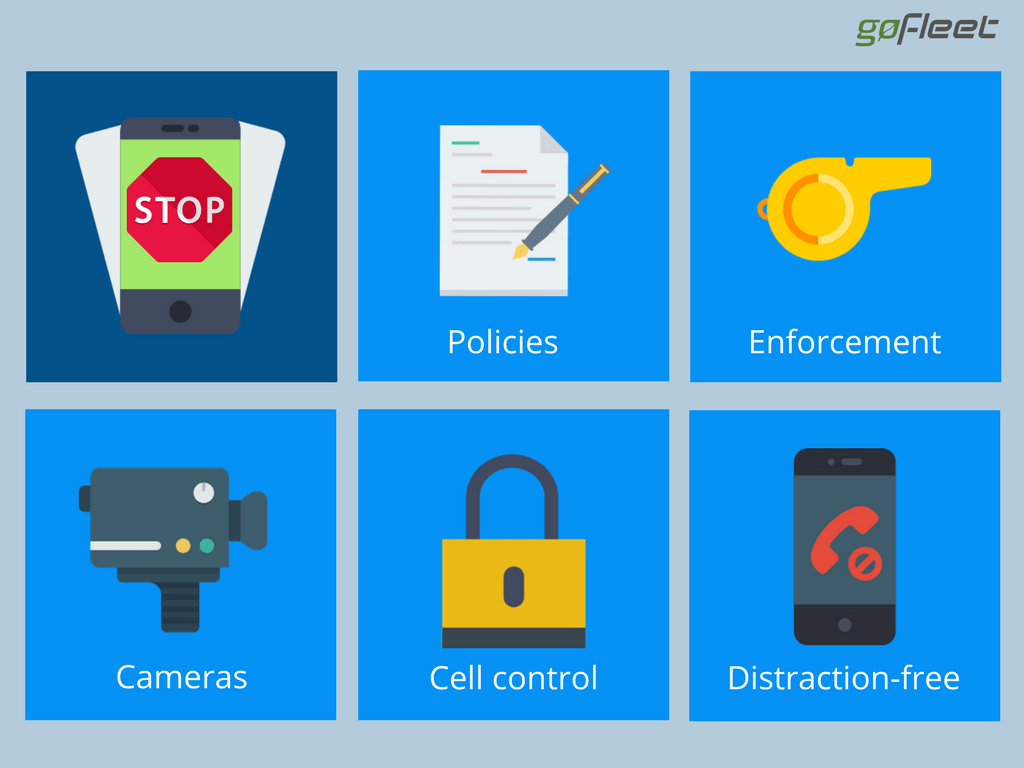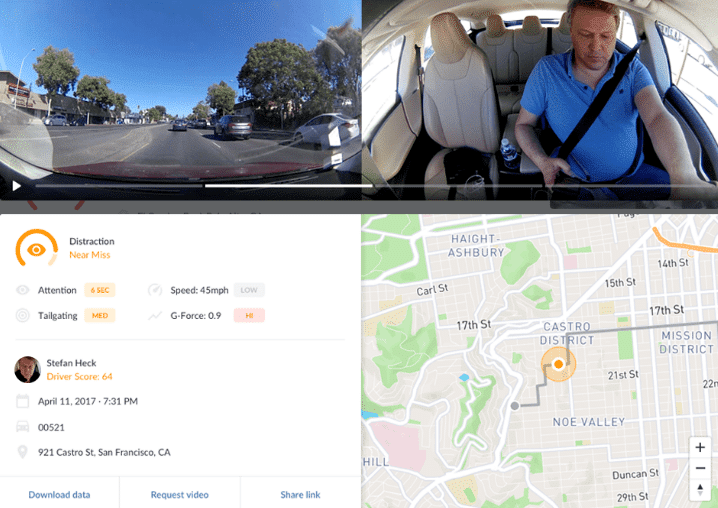5 Solutions to Texting and Driving
Many fleets are searching for solutions to texting and driving. In response to the texting and driving epidemic, a lot of governments created new laws. In some places, getting caught texting and driving results in big fines and jail time. Many people agree that tough rules are a good idea.
At the same time, many fleets taking extra steps to avoid texting and driving. Let’s review some solutions to texting and driving.
1 – Creating a sound company policy.
The first step to reducing texting and driving is to establish a sound policy. Drivers need to understand what is expected of them and how expectations will be enforced.
Some of the best practices in establishing a good policy include:
- Defining rules and exceptions. Drivers need to know what will be allowed and disallowed. For example, some companies allow hands-free Bluetooth while other companies do not.
- Explaining what will happen if rules are broken. Drivers need to understand the consequences of texting and driving. Most companies will issue write-ups, suspensions, and terminations for violations.
2 – Supporting the company policy.
After establishing the company policy, the next step is to support it. This comes in 2 ways – training the drivers and enforcing the rules.
Training goes beyond telling a driver to stop texting and driving. Some of the most effective training includes giving drivers examples of what happens to distracted drivers. For example, in fleets with monitoring tools, drivers are trained on how distracted drivers are monitored and caught.
Another way to support policies is to enforce the rules. For several years, fleets waited for complaints from drivers or from traffic tickets. Nowadays, a lot of fleets rely on monitoring technology. This allows fleets to enforce their rules without relying on a tattletale to report offenders.
3 – Installing camera solutions.
A growingly popular solution to texting and driving is installing cameras. Cameras are a way to keep drivers accountable. With cameras, safety managers are able to set rules and review footage to check if drivers are distracted.
An example of a progressing camera technology is facial tracking. Facial tracking checks drivers’ eye movements to see if they are distracted. This allows companies to find distracted drivers even if they were not involved in a collision.
4 – Using cell control devices.
Another effective technology that stops texting and driving is cell control. Cell control is a little different from cameras because this is a preventive tool. With cell control, fleets can set rules such as blocking cell phones while the vehicle is driving. Due to its ability to prevent distracted driving, cell control is popular with both fleets and families!
5 – Eliminate distractions while driving.
One of the biggest reasons why some drivers text in the first place is their supervisor. A lot of companies still rely on texting and calling drivers. This creates a distracting environment where drivers need to answer a call or a text.
Many fleets have since overhauled their dispatching process. For example, some fleets use a 2-way dispatch messaging service that only works when the vehicle is parked. This prevents dispatchers from distracting drivers while they are on the road.
Looking for more information about solutions to texting and driving?
Click here for more info on cameras.
Click here for more info on cell control.
Click here for info on 2-way dispatch systems.



